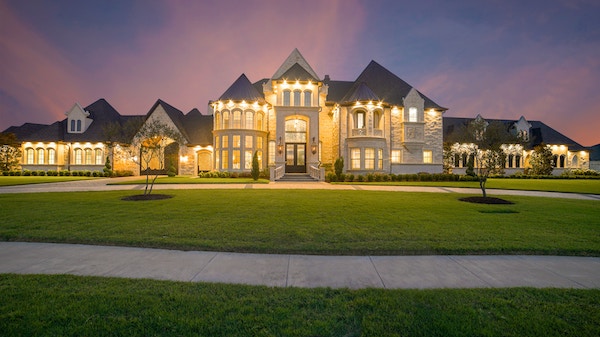When Sonia A. Hirt, a professor of landscape architecture and planning at the University of Georgia, began working on a book about land use patterns in the United States, she compiled figures for the average size of dwellings for about two dozen countries. Although the comparisons are rough because some countries do or don’t count housing types like cottages or townhouses, she found that American homes had 600 to 800 square feet more living space.
It’s not that the U.S. has large houses because it has more land than other countries do. “People intuitively often think that this is the explanation … because America is such a big country,” says Sonia A. Hirt, a professor of landscape architecture and planning at the University of Georgia. “Well, this is true, but Russia is a big country. Kazakhstan is a big country. Space itself doesn’t really make people do one thing or another.”
Government policies, however, do. As Hirt explains in her book Zoned in the USA: The Origins and Implications of American Land-Use Regulation, the dictates of government have for the past century effectively steered Americans toward living in detached single-family homes—the formal term for a prototypical stand-alone house with a yard.












